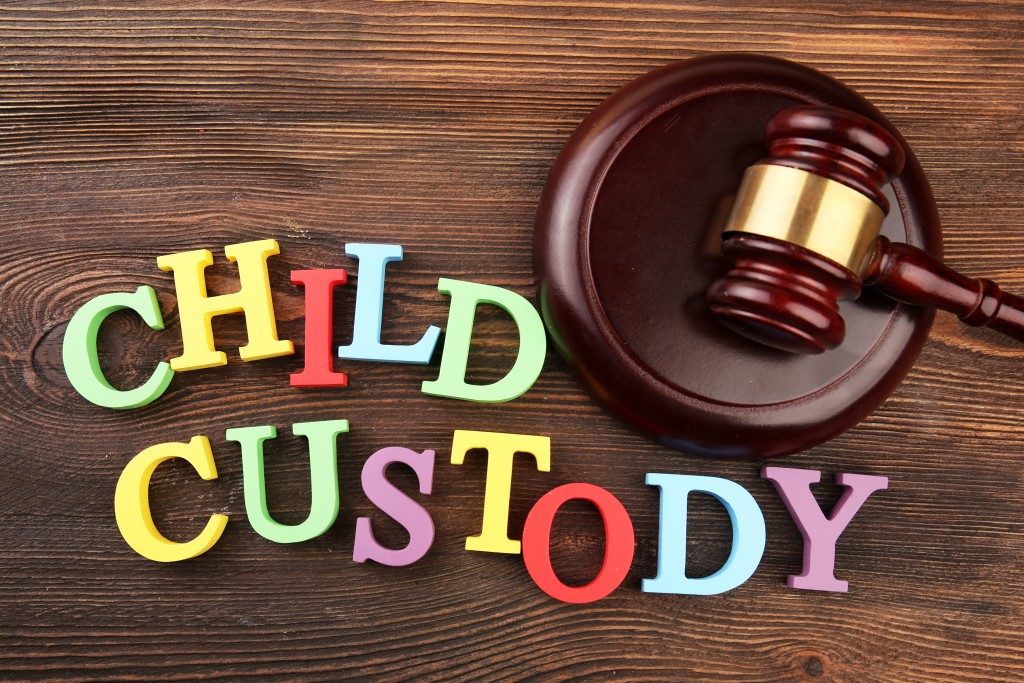• Gather relevant information regarding the children involved to help make decisions in their best interest.
• Maintain open communication between parents throughout the process to build trust and foster understanding.
• Negotiate an agreement that considers your wants and needs while also considering the child’s best interest.
• Divide parental responsibilities and create a visitation schedule that works for everyone.
• Seek guidance from a divorce lawyer to navigate the legal process and protect your and your family’s rights.
Agreeing on a parenting plan during a divorce can be a difficult process. If both parents cannot agree, the court will decide for them. Therefore, it’s in both parties best interests to devise a mutual arrangement that works for everyone involved. Here’s how you can work out a custody arrangement.
How to Agree on a Custody Arrangement
As someone in the process of divorce or have gone through it, you know that the hardest part of ending a marriage is deciding who will have custody of your children. Here are the steps to come up with an agreement that’s best for all parties involved:
Gather Information
The first step is to gather all relevant information regarding the child or children involved in the custody agreement. This includes all medical and school records and their special needs. It’s also important to document any past and current behavior issues affecting their ability to adjust to the new arrangement, such as substance abuse or domestic violence. Having this information available will help both parents make decisions that are in the best interest of their child or children.
Constant Communication
This may be hard, but both parents must maintain an open line of communication throughout the entire process. When working out a parenting plan, communication between both parties is essential. Parents should provide each other with details about their schedules and daily activities for themselves and their children so that each parent understands what is happening.
Open communication allows both parents to stay informed about any changes in plans or expectations so there are no misunderstandings later. Communication also helps build trust and respect, which will benefit everyone involved in the long run.
Negotiating an Agreement
Once all the necessary information has been gathered, it’s time for negotiation. This is where each parent shares what they want from the arrangement while considering what is best for their child or children overall. Negotiation should always be done with respect and understanding towards each other’s wants and needs while keeping the best interest of your child at heart at all times.

Negotiating could be done by doing the following:
Divide Parental Responsibilities
Decide which parental responsibilities each parent will take on and create a schedule that works for everyone. For instance, one parent might take on medical appointments and other school activities. It’s also important to decide who will have the legal authority to decide for the child or children if something comes up.
Create a Visitation Schedule
Determine when and for how long each of you can visit with their children. Visitation schedules should be flexible and allow for plans changes if something arises. You can do a traditional visitation schedule, where one parent has the children during certain days and times, or a rotating schedule. Also, consider any holidays or special occasions when creating your visitation plan, so everyone knows what to expect.
Finalizing The Agreement
Once both parties have come to an agreement, it needs to be put in writing and signed by both parents. This is a legal document that both parties must adhere to, so it should be clear and comprehensive. It is also important to keep this document in a safe place for future reference.
Having help from a divorce lawyer can be beneficial as they will help you navigate the complex process of negotiating and finalizing your custody agreement. They can help guide you through the process, as well as help ensure that your rights and interests are protected. A lawyer can also help you understand the legal implications of any decisions you make regarding custody. With their help and guidance, both parents can come to an agreement that is in the best interest of their child or children.

Respect the Agreement
Once your custody agreement is finalized, it’s important to respect each other’s boundaries and commitments. No matter how difficult it may be at times, avoiding any conflict or negative comments about the other parent will benefit everyone involved in the long run. This will also help make the transition of living in two separate households easier for your children.
Working out a custody agreement may be difficult. Still, you can agree to meet everyone’s needs with patience and understanding. By following this guide, you can create a plan that works for everyone involved. With help from a lawyer and open communication, you can come to an agreement that is in the best interest of your children and create a new beginning for yourself and your family.



